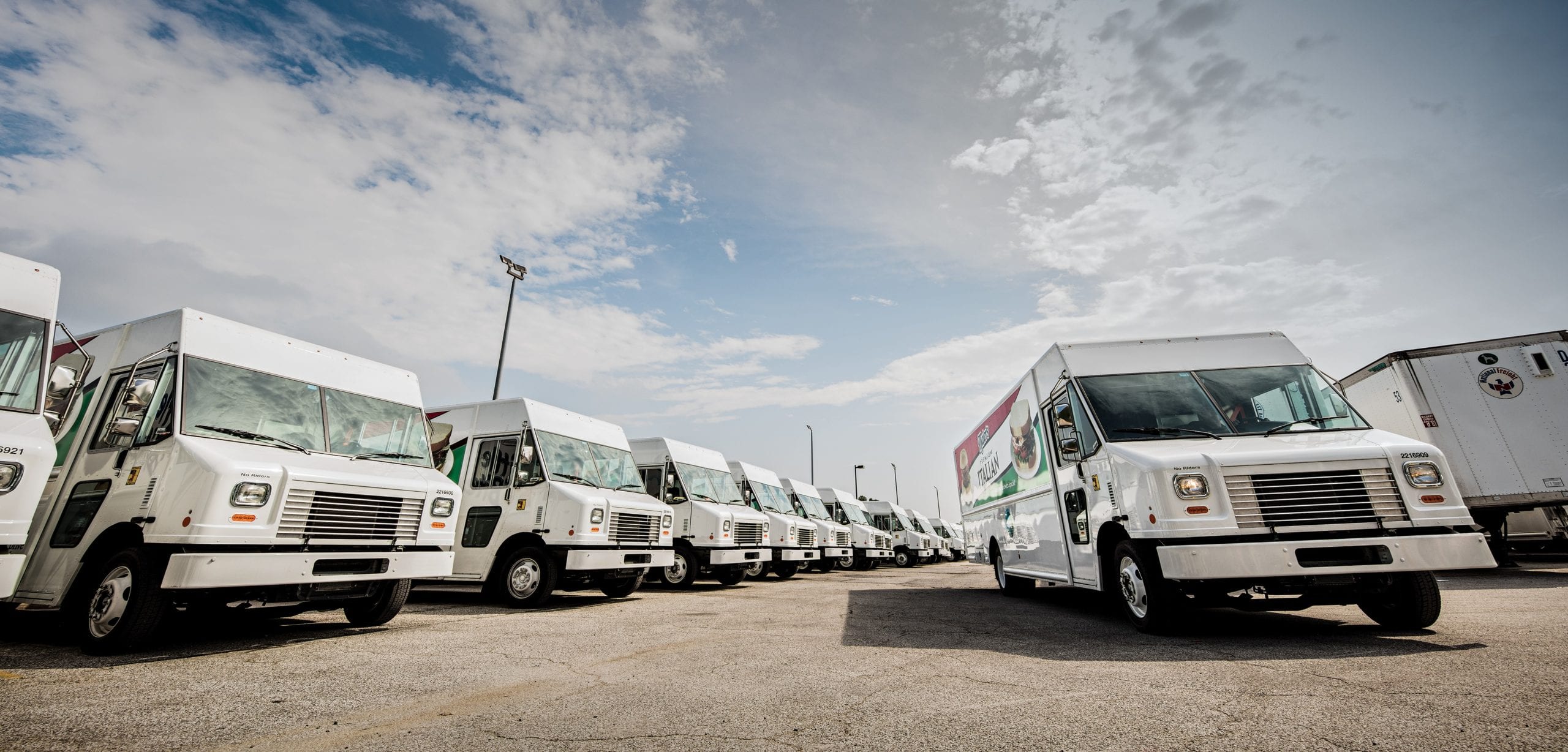In recent years, the conversations surrounding the future of sustainable transportation have centered around two buzzwords: zero emissions. Those buzzwords have gained so much traction, that local and federal regulations are focusing on transitioning fleets to only zero-emissions vehicles in the next 10-20 years. While there are certainly good intentions behind these regulations, they may also be misguided.
That is, there is certainly more to vehicle emissions than measuring only what is produced at the tailpipe.
There is more to vehicle emissions than measuring only what is produced at the tailpipe.
A new study produced in cooperation with the Propane Education & Research Council (PERC) looks at all the steps involved in providing fuel for electric vehicles, which many states are looking to as a way to quickly reduce emissions in medium- and heavy-duty (MD-HD) fleet vehicles. As the study explains, there is no such thing as a fully zero-emissions vehicle.
Beyond Tailpipe Emissions
These zero-emissions regulations only take into account the emissions that are produced at the vehicle’s tailpipe. But to truly understand how a fleet impacts the environment, it’s important to factor in all of the emissions produced as a result of creating the energy source that is powering the vehicle.
A new study by PERC’s director of research and sustainability analyzes propane-powered vehicles compared to EVs.
The comparative analysis, written by Dr. Gokul Vishwanathan, PERC’s director of research and sustainability, found that propane-powered MD-HD vehicles provide a lower carbon footprint solution in 38 states and Washington, D.C., when compared to MD-HD EVs that are charged using those states’ electric grid. This is due to the amount of carbon that is produced from each state’s unique energy mix for electricity generation using coal, petroleum, or other primary sources. In addition, battery production is energy and carbon intensive.
While electric vehicles may have zero tailpipe emissions, emissions are generated prior to the wheels turning on the road through the electric grid and the powertrain (chiefly battery manufacturing) production. When comparing the difference in life-cycle equivalent carbon dioxide (CO2eq) emissions of a single medium-duty vehicle, propane autogas on a national average emits 125 tons of CO2eq less than an electric medium-duty vehicle.
Looking to the Future
Many are quick to point out that EVs and the electric grid are going to keep getting cleaner as new technology becomes available. While that’s true, the same can be said about other energy sources. Propane autogas is getting cleaner by leaps and bounds through new engine developments and renewable propane.
Propane autogas is getting cleaner by leaps and bounds through new engine developments and renewable propane.
Renewable propane is a byproduct of the renewable diesel and sustainable aviation fuel production process, which converts plant and vegetable oils, waste greases, and animal fat into fuel. It has the same chemical structure and physical properties as conventional propane and can be used in any existing propane autogas engine. Because it’s produced from renewable raw materials, renewable propane has an even lower carbon intensity than conventional propane and is far cleaner than other energy sources.
As such, the study found when renewable propane is considered, propane-powered MD-HD vehicles currently provide a lower carbon footprint solution in every U.S. state except Vermont where electricity is generated by, and imported from, Canadian hydroelectric powerplants.
Cost-Effective Emissions Reductions
While EVs can be a good selection for light-duty consumer vehicle applications, other energy sources may be better suited for MD-HD vehicle applications where payload, performance, range, and operational costs matter greatly. When you factor in the cost of a new vehicle — regardless of fuel type — and the costs for fuel, fluids, maintenance, and repairs, propane autogas has one of the lowest total cost of ownership of any fuel for the lifetime of the vehicle.
Propane autogas has one of the lowest total cost of ownership of any fuel for the lifetime of the vehicle.
The incremental capital cost for a medium-duty propane autogas vehicle, relative to its gasoline or diesel counterpart, is on average 15 percent. Comparatively, a similar medium-duty EV is over 250 percent. Not to mention, the cost to purchase and install refueling equipment for a fleet of MD-HD propane autogas vehicles is lower than the cost to purchase fast charger equipment for a comparable electric vehicle fleet in a comparable time frame.
As transportation moves toward a cleaner energy future, I encourage fleet owners to think critically about where their energy comes from and how it applies to their vehicle fleet’s emissions. Find the full study at Propane.com/Research-Development.



